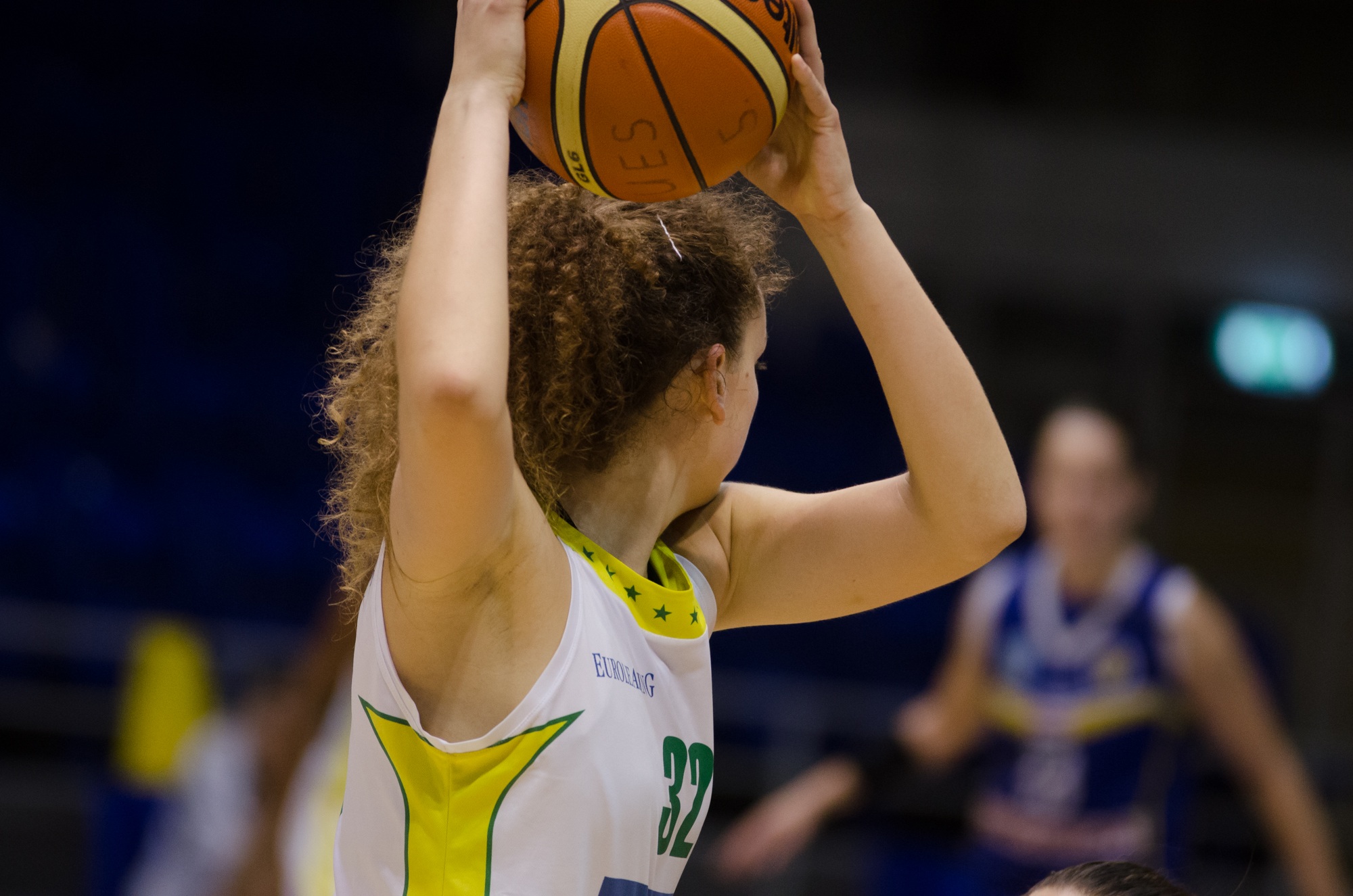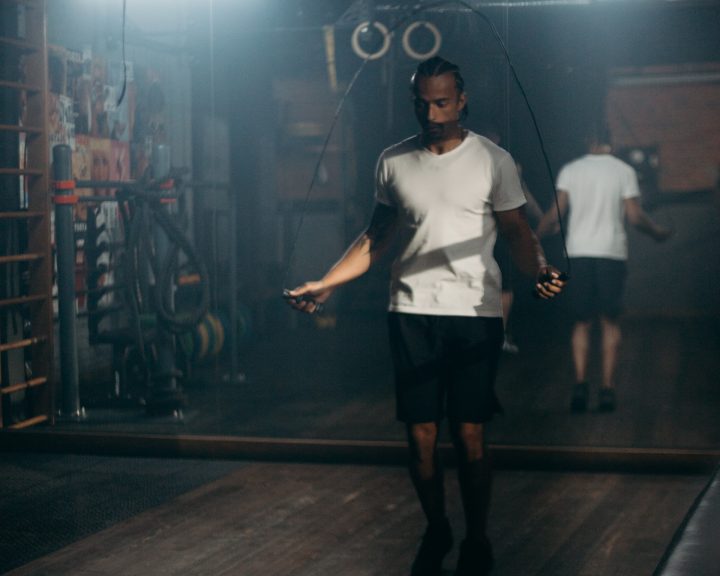As a coach, it’s difficult sometimes to understand that you cannot do everything that you want to with your athletes. There’s never enough time in the day. Good coaches eventually learn to determine what is most important and then prioritize it in training.
This is especially true in the strength and conditioning field. There are so many exercises, tools, and schools of thought that it is difficult to determine what is most important and to prioritize it. For example, in terms of tools we can use barbells, dumbbells, kettlebells, bands, chains, stability balls, wobble boards and other balance aides, sandbags, water-filled objects, sleds, tires, sledgehammers, etc. just to name a few.
In terms of training systems, we can be bodybuilders, powerlifters, Olympic lifters, use classical periodization, undulating periodization, daily undulating periodization, linear periodization, nonlinear periodization, conjugate training, we can do functional training, strongman training, Crossfit training, etc.
Every tool, every system has believers and lots of great sounding arguments behind them. With all that in mind, and all the hype on the internet, it’s difficult to make good choices. So we’re going to try to give the coach some tools to help them make decisions and prioritize their athlete’s training.
Before we get into how to do this, there are some concerns with making a mistake with this:
- Taking time away from training: no matter what level of athlete we’re working with, they only have a limited amount of time to train. This is even true of professional athletes. This means that we want to get the most out of our athlete’s limited training time. In business terms we want a great return on our investment. Being distracted with things we don’t need uses precious time.
- Having one more thing the athlete has to recover from: every athlete has a finite ability to recover from practice, games, training, and life. That means that anything that is incorporated into an athlete’s program has to be weighed with this in mind. Adding one thing too many can have an impact on the athlete psychologically, can contribute to injuries, or could have a detrimental impact on on-field/court performance.
- Failing to enhance performance: it’s very easy to confuse weightroom success with success in sports, but they are not the same thing. There are a lot of great weightroom warriors that cannot perform well in sports. As a strength and conditioning coach, we need to be developing training programs that enhance sports performance. We’re only developing fitness, strength, size, power, etc. that can be harnessed into enhanced sports performance. It’s easy to lose sight of this.
- Contributing to injuries: there are a lot of training tools and exercises that mean well, but have the potential to really contribute to injuries. For example, leg extensions and knee health. For another example, shoulder prehab exercises when the athlete doesn’t need them. There’s only a finite amount of space in that joint and overdoing the prehab work can cause the very problems you are trying to prevent.
With the above in mind, what follows are some criteria to help you decide about incorporating tools or exercises into your athlete’s program.
- Multi-joint exercises give more bang for your buck: with limited training time, you want to get the most out of your time that you can. This means prioritizing multi-joint exercises. If athletes squat, pull, row, and press then we have a pretty well-rounded program.
- Athletes need to be strong, but they also need to be able to use it: I cannot emphasize this enough. Athletes need a strength foundation, but they need to both express it quickly and they need to express it appropriately in the sport. It doesn’t matter how much your lead-off hitter can squat if he cannot hit the baseball.
- Athletes need to be fast, but it needs to be sport-specific: As I’ve preached over and over again, only track and field athletes need to train and run like track and field athletes. Everyone else needs to be fast in a manner appropriate to their sport.
- Select tools that develop more than one physical quality: This goes back to making the best use of your time. The back squat develops the muscles of the core, the glutes, the quadriceps, the hamstrings, and even the calves. So why not perform the back squat instead of five different exercises focused on each of those muscle groups?
- We need our athletes to be able to perform on the field or on the court: If it doesn’t help to enhance sports performance then we have done our athletes a disservice. Let the bodybuilders bodybuild, I need athletes that can transfer what they develop in the weightroom to the field.
- You cannot achieve sport specificity in the weight room: This statement upsets some people, but the weight room is a general tool to enhance sports performance. It develops your foundation, but through sports the athlete has to learn to apply it.



